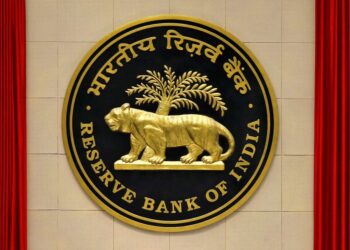In the tumultuous aftermath of the post-pandemic era, the year 2022 unleashed its fury, leaving millionaires reeling from the relentless onslaught of challenges. This global market downturn resulted in the unfortunate decline of 800,000 millionaires, effectively excluding them from the esteemed High-Net-Worth Individual (HNWI) circle. HNWI refers to individuals with over $1 million in liquid financial assets.
According to the recent report by Capgemini Research Institute, the global high-net-worth population witnessed its largest decline in size and wealth in over a decade, signalling a significant setback in the financial landscape. The number of millionaires dropped to 21.7 million from 22.5 million in 2021. These individuals now navigate the complexities of preserving and growing their wealth in the face of the ongoing financial upheaval.
In this turbulent landscape, the high-net-worth individual (HNWI) population experienced a staggering decline of over 3.5%. Collectively, these individuals have suffered a monumental loss of $3 trillion throughout the year 2022.
North America faced the sharpest decline in wealth, witnessing a significant drop of 7.4%. Europe closely followed with a decline of 3.2%, while Asia-Pacific experienced a more modest decline of 2.7%.
However, amidst this global market downturn, Africa, Latin America, and the Middle East demonstrated remarkable resilience. These regions exhibited financial growth, attributed to strong performances in the oil and gas sectors. This contrast in economic outcomes underscores the complex and varied effects of the global recession on different regions across the globe.
The decline in wealth reflects the global market downturn influenced by various economic challenges, most notably the Russian invasion of Ukraine in February. The S&P 500 concluded the year in bear territory, experiencing a significant decline of 19.4%. Stocks were negatively impacted by widespread inflation and the response of global central banks, which raised interest rates to curb rising prices. These factors combined to create a complex economic environment, affecting the financial well-being of individuals and markets worldwide.
The year also marked a relatively favourable period for individuals on the other end of the wealth spectrum. According to a report by the Economic Policy Institute, a progressive think tank, the bottom 10% of earners experienced a notable increase of 9% in their inflation-adjusted wages between 2019 and 2022. This percentage gain surpassed any other income bracket during the same period.
As part of the recovery from the pandemic, the surge in demand for traditionally low-paid roles, such as those in the restaurant industry, played a significant role in driving up wages for these workers. This positive development reflects a changing dynamic in the labour market and its impact on income distribution.
In conclusion, 2022 witnessed a challenging landscape with a global market downturn and global recession. High-net-worth individuals faced significant declines, while certain regions showed resilience. Various factors, including the Russian invasion of Ukraine and high inflation influenced the market. However, there was positive wage growth for the bottom 10% of earners due to increased demand for low-paid jobs. Navigating these complexities is essential for a more inclusive and resilient global economy.







